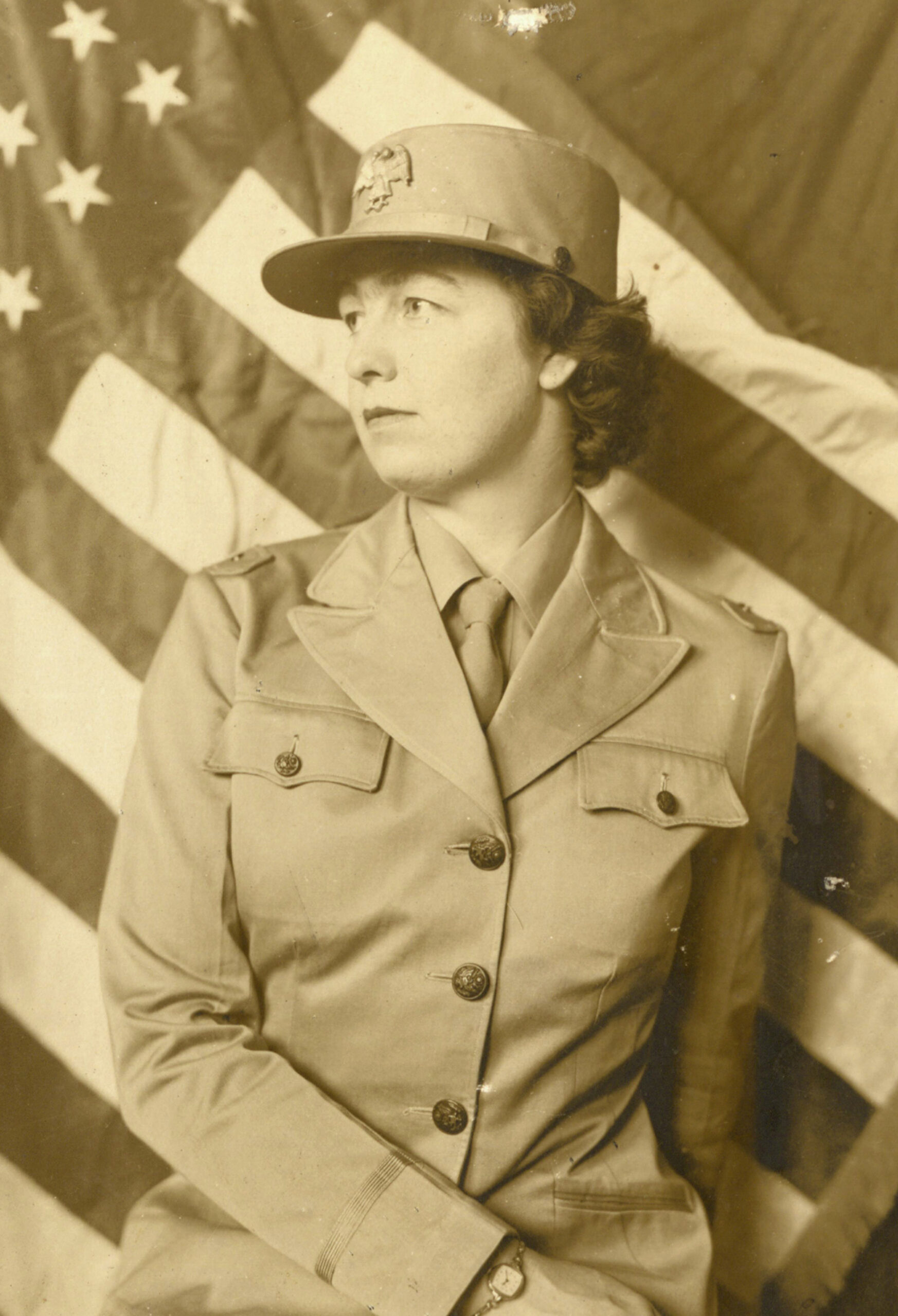DALLAS (AP) — After World War II, the US Army’s art experts set out to find and return millions of works stolen by the Nazis. Known as the Monuments Men, they included Mary Regan Quessenberry, who from her base in Berlin travelled to examine stolen works, tracked looting cases and investigated suspicious art dealers.
Decades later, Quessenberry and the other female members are getting recognition.
The Dallas-based foundation honouring the group updated its name in recent years to recognise their contributions, highlighted their work in a new exhibit at a national museum, and is set to publish for the first time in English a memoir in which one of the women describes spying on the Nazis while working at a Paris museum.
“The Monuments Men were not all men,” said Anna Bottinelli, president of the Monuments Men and Women Foundation.
The Allied armies’ Monuments, Fine Arts and Archives section included 27 women and about 320 men during and just after WWII. The Army recently revived the concept, with the first new class of monuments officers graduating in 2022.

When battles raged during WWII, it was the men who protected works of art and architectural treasures. The women entered the picture after the war, when the focus turned to restitution.
It’s a pivot that the foundation also has made since Dallas-based author Robert Edsel founded it nearly 20 years ago with a focus on the war years. Edsel made the monuments officers a household name, writing books including “The Monuments Men,” which was made into a 2014 movie starring George Clooney and Matt Damon.
As the years passed, the foundation became increasingly involved in restitution, from helping return works taken during the war to producing a pack of playing cards featuring still-missing works.
“As our mission evolved and as our work developed, then it became really natural to focus more on the postwar efforts, and as a result on the women,” Bottinelli said.
A permanent exhibit on the monuments officers that is part of a new addition to the National WWII Museum in New Orleans opened in November. The Monuments Men and Women Gallery includes a recreation of a salt mine where monuments officers found stolen art.
The exhibit also features the story of Quessenberry, who enlisted in what became the Women’s Army Corps when the US entered the war. After the Allied victory in Europe, she learned the Army was looking for art experts. Quessenberry, who had a master’s degree in art history, jumped at the chance.
When she arrived in Berlin, she was greeted by Lieutenant Colonel Mason Hammond, a Harvard University classics professor she knew from her studies at Radcliffe College, which later merged with Harvard.
“He opened the door…recognised her and threw his arms around her and said, ‘Mary, thank God you’re here,'” Edsel said.
She returned to the US as a major in 1948.
Quessenberry’s friend, Ken Scott, said she described her time as a monuments officer as “the most thrilling time of her life.” He said she was “gleeful” when Edsel travelled to Massachusetts to interview her a few years before her death in 2010 at the age of 94.
“She was an absolute pistol as they would say, just full of stories,” Edsel said.
Making sure women got the recognition they deserved was important to Quessenberry. “She was very strong and vocal about it,” Scott said.
This fall, the foundation will publish Rose Valland’s memoir. In “The Art Front,” originally published in French in 1961, Valland, a French art expert who became a monuments officer, writes about secretly tracking where stolen works were shipped after the Nazis based their looting operation out of the Paris museum where she worked.
“It was thanks to her notes and all of her spying that then when the Allies entered Paris in 1944 they were then able to trace the steps of where this art had been taken and who it belonged to,” Bottinelli said.
Valland, who inspired the role played by Cate Blanchett in the “The Monuments Men” movie, died at 81 in 1980.
Edsel said the last working WWII-era monuments officer was a woman. After operations wound down around 1950, Ardelia Hall carried on the mission into the early 1960s from the State Department, keeping a list of still-missing works and urging museums and art dealers to be on the lookout. A woman, Capt. Edith Standen, also had the forethought while in post-war Germany to record all of her fellow monuments officers’ names, he said.
The Army’s first class of the new monuments officers, called heritage and preservation officers, graduated in the summer of 2022.
Among them was Captain Jessica Wagner, who has worked at museums across the US. She said being a part of the new version of the group she’d studied while getting her master’s degree “feels a little bit surreal.”
“You always ask yourself the question: Would I be willing to go and do that? I guess the answer is yes,” Wagner said. – JAMIE STENGLE






